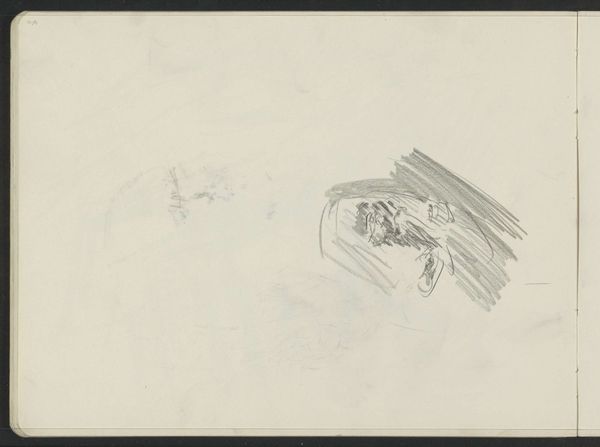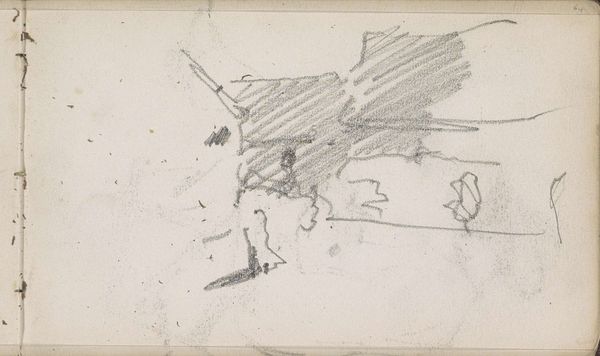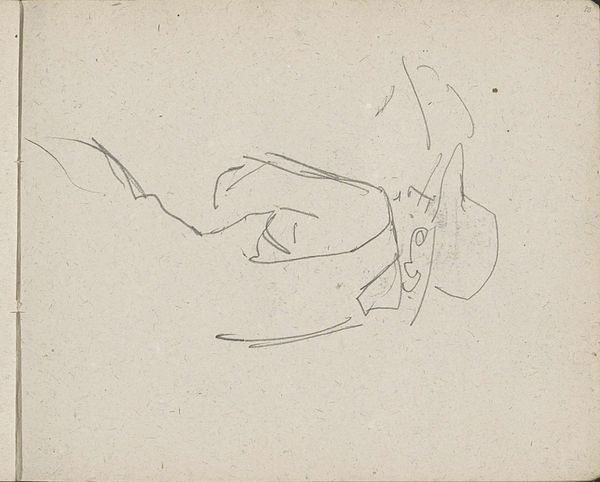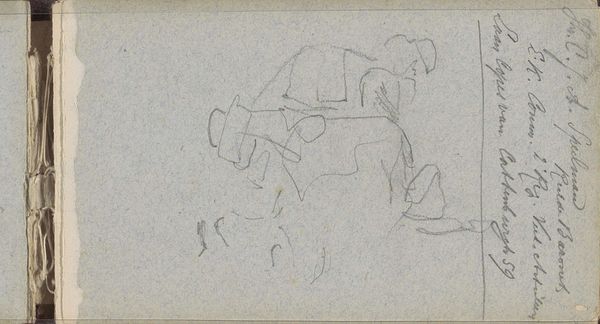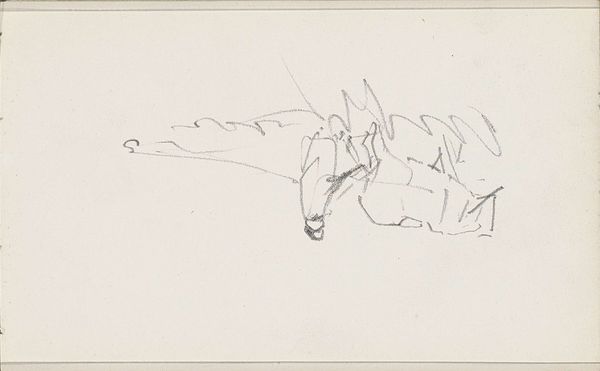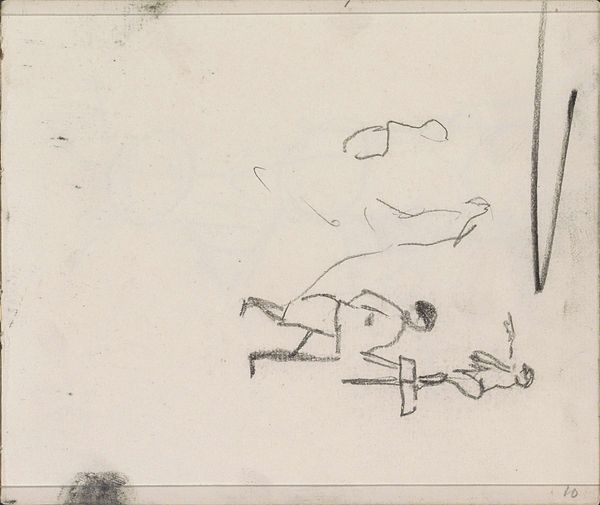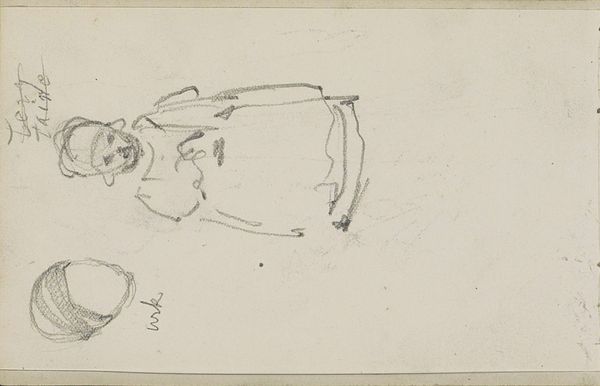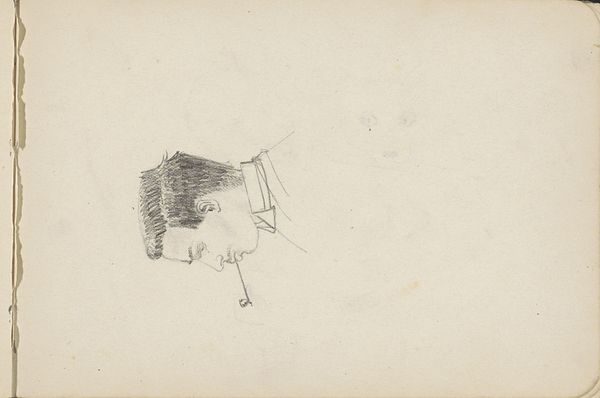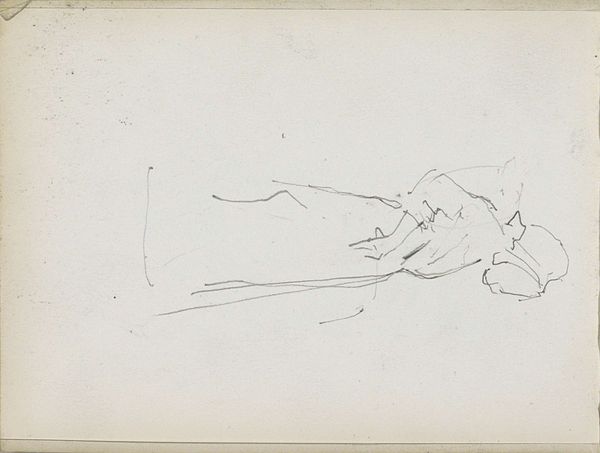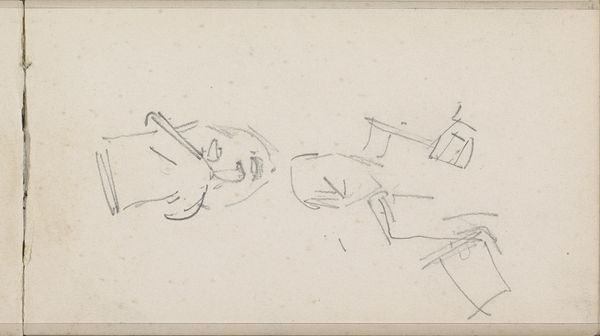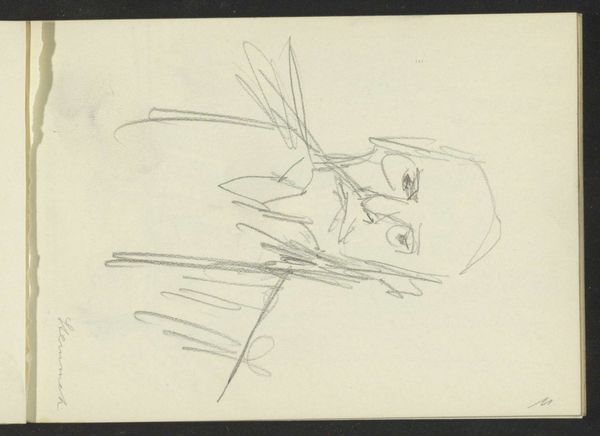
drawing, pencil
#
portrait
#
drawing
#
figuration
#
pencil
Copyright: Rijks Museum: Open Domain
Curator: This is Isaac Israels' pencil drawing, "Standing Woman, Seen from the Back," dating to around 1919, currently held here at the Rijksmuseum. Editor: Well, my immediate impression is of something incomplete, like a fleeting moment caught on paper. There’s a quiet melancholy to the sketch—almost as if she's turned her back to the world. Curator: What’s interesting to me is how the rapid, almost scribbled, lines define the figure. It is a pencil drawing, meaning Israels had portable, accessible means. Consider what he might have been looking at, sketching from life, capturing a woman in the city in the aftermath of the First World War. What kind of societal circumstances shaped the subject of this piece, or even its hasty creation? Editor: Perhaps a factory worker? I can’t help but imagine her in that era. I see her labouring tirelessly. Pencil strokes capture her weary posture. You can feel it in the angles of her back and shoulders. It seems intimate too, even voyeuristic somehow because we see her unposed, unaware. Curator: And yet, consider the agency of the artist. Israels came from a family of art producers. Where did he exhibit? Who was buying art? Were his pencil drawings a way of rapidly producing commodities, artworks with an appeal for people that connected with certain class associations? Editor: I get it, the social context shaping production! I’m drawn more to that universality that transcends any class, her vulnerability, perhaps her isolation... Art becomes meaningful when you pour your emotion into seeing art from past lives. The fact that Israels left certain lines unfinished, to me it is poetic! It suggests a story beyond the confines of the paper. Curator: The economic circumstances that shaped the kind of art production we are looking at shaped the accessibility and kind of artwork someone like me can comment on, and its availability. And I think for me it is as important to talk about who produces the art and to what ends as it is to talk about feelings. Editor: Fair enough! Different views are, maybe, part of art appreciation itself. We fill in what Israels began. Maybe in the end it means that the viewer is really another maker!
Comments
No comments
Be the first to comment and join the conversation on the ultimate creative platform.

